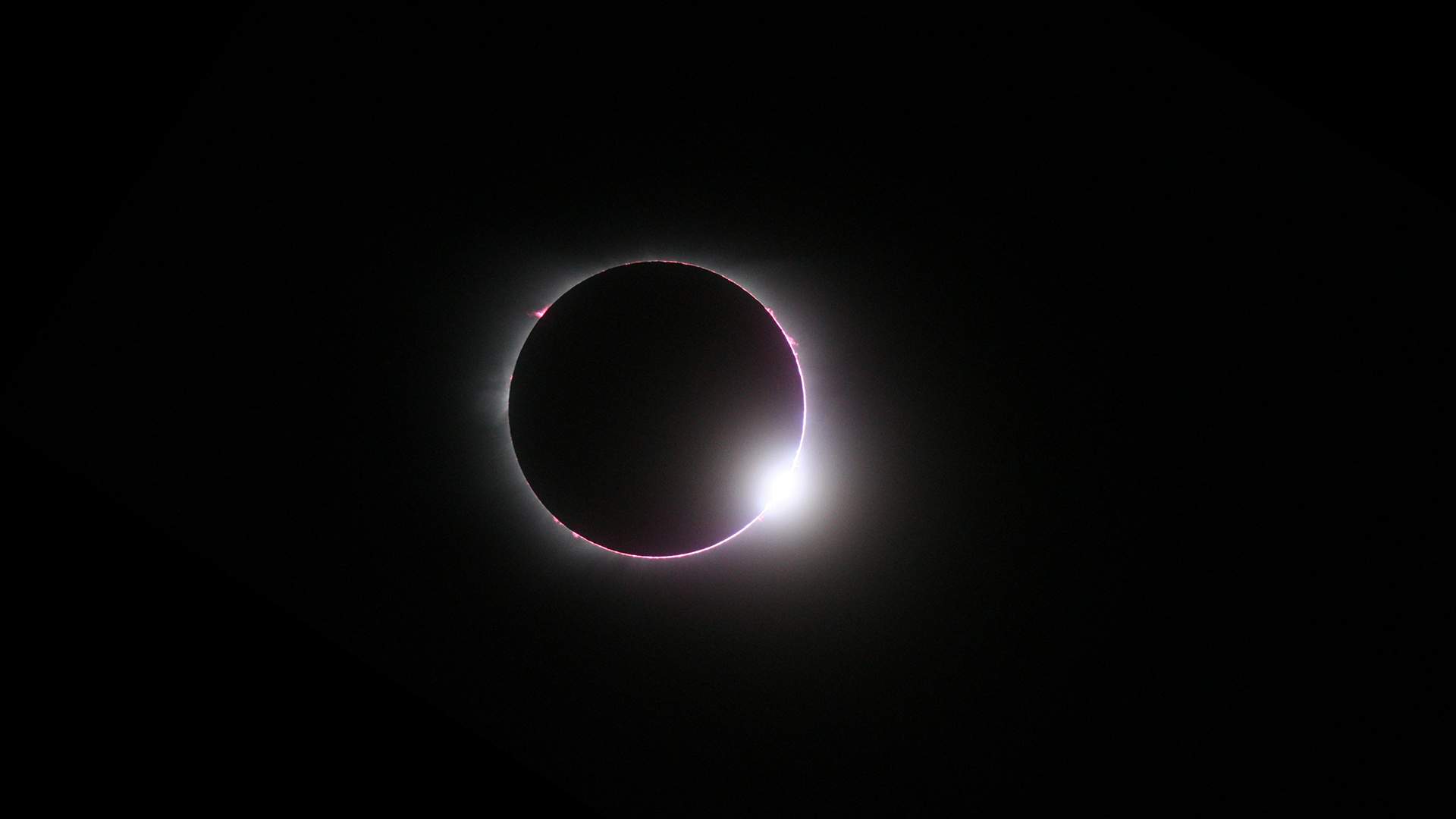Turn Around, Bright Eyes: Everything You Need to Know About Thursday's Solar Eclipse Across Australia
If you're in the Ningaloo region, you'll witness a total eclipse. For the rest of the country, it's a partial eclipse.
Whatever your plans are on Thursday, April 20, 2023, it won't just be an ordinary day. No matter where you are across Australia, a solar eclipse will be making its presence known in the sky. Just like the song that you probably have stuck in your head, there'll be a total eclipse in one part of the country, in the Ningaloo region in Western Australia — and also a partial eclipse elsewhere.
This eclipse isn't any ordinary eclipse, not that the moon passing between the sun and the earth, casting its shadow on the planet we call home and blocking out our source of natural light ever is. This one is a hybrid solar eclipse, which means that it switches between a ring-shaped or annual eclipse and a total solar eclipse according to Space.com — and the last time that happened was in 2013. After this, it won't occur again until 2031 and then 2164.
Wondering what else you need to know? When it'll be happening, where and what to do? We've run through all the details below.

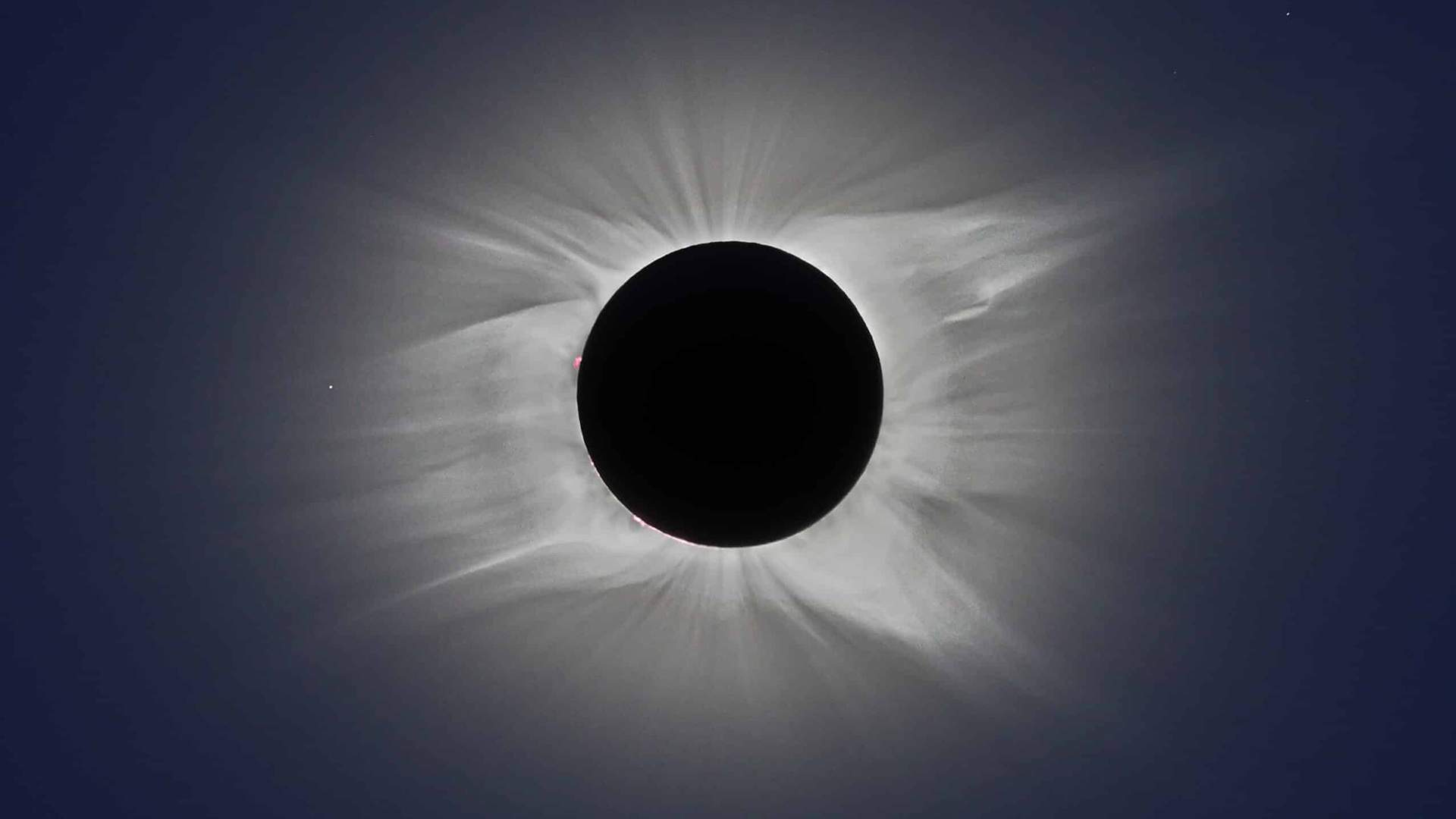
WHAT IS IT?
As we noted above, a solar eclipse happens when the moon passes between the sun and the earth, casting its shadow on the latter and blocking out the former.
When it's a total solar eclipse, the moon completely blocks the sun. During a partial eclipse, that only partly occurs, as the term suggests.
During a total eclipse, there's a period of totality, which is the amount of time that the sun is completely obscured. It can only last for up to seven minutes — and it only happens on the path that the moon's shadow takes as the planet's natural satellite moves over the earth's surface. That's known as the path of totality.
There's also two types of shadows: the umbra, which is the dark space in the centre; and the penumbra, which is partially illuminated.

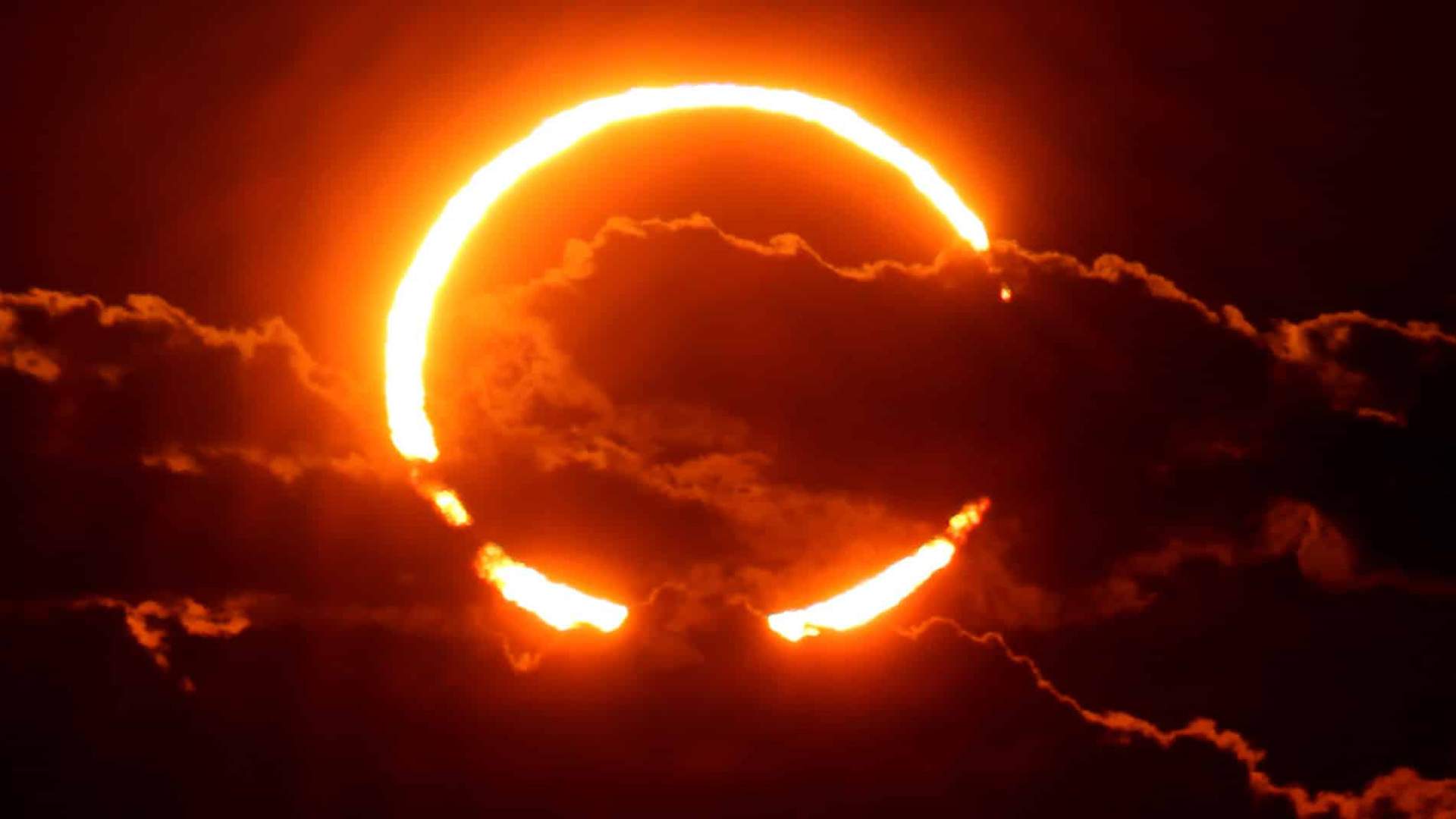
WHAT KIND OF SOLAR ECLIPSE IS THIS?
This is both a total and a partial eclipse, depending on where you're located in Australia. If you're in the Ningaloo region, including in Exmouth, you'll witness a total eclipse, with the path of totality passing over. According to the Astronomical Society of Australia (ASA), that will last will last around a minute, and the eclipsed sun will be 54 degrees above the horizon.
For the rest of the country, it's a partial eclipse.
As also explained above, this is a hybrid solar eclipse, too. So, it switches between a ring-shaped or annual eclipse and a total solar eclipse — which will only happen one more time this century.

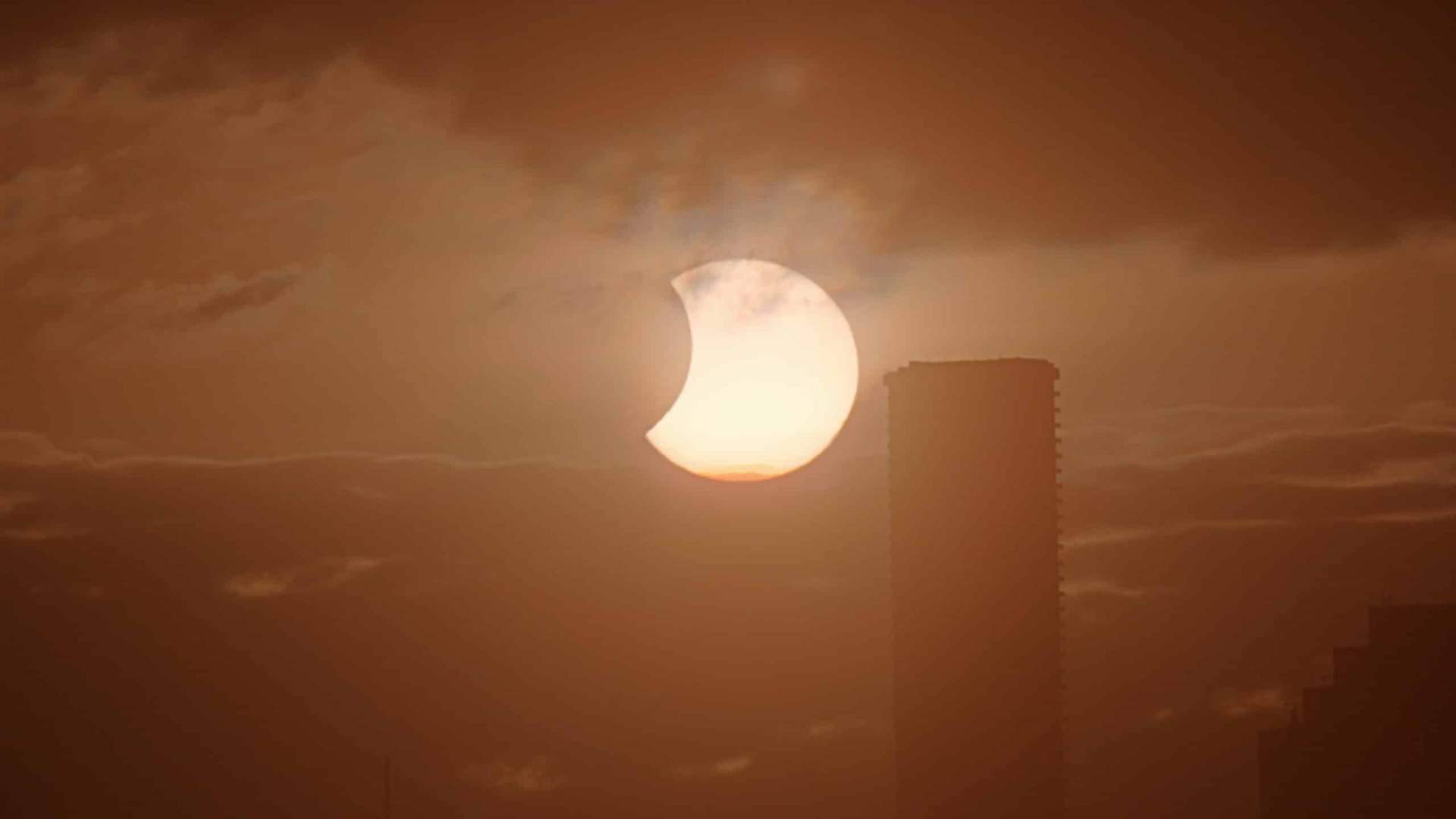
WHEN IS IT HAPPENING?
In Exmouth, totality will start at 11.29am AWST — 50 seconds past that exact minute, to be exact — and will last about one minute, according to the ASA.
Still in WA, in Perth, the partial eclipse will start at 10am, peak at 11.20am and finish at 12.47pm.
Sydney's times for all of the above are 1.37pm AEST, 2.29pm and 3.19pm. In Melbourne, it's 1.15pm, 2.09pm and 3.01pm.
For Brisbane, take note of 1.44pm, 2.45pm and 3.42pm. And in Adelaide, it's 12.24pm, 1.30pm and 2.35pm.

WHERE IS IT HAPPENING?
The short answer: everywhere across Australia. That said, do not look directly at the solar eclipse — see more details below.
So, you might want to hit the livestream, which Perth Observatory will be doing with TimeAndDate.com. Hop online from 11.30am AEST.

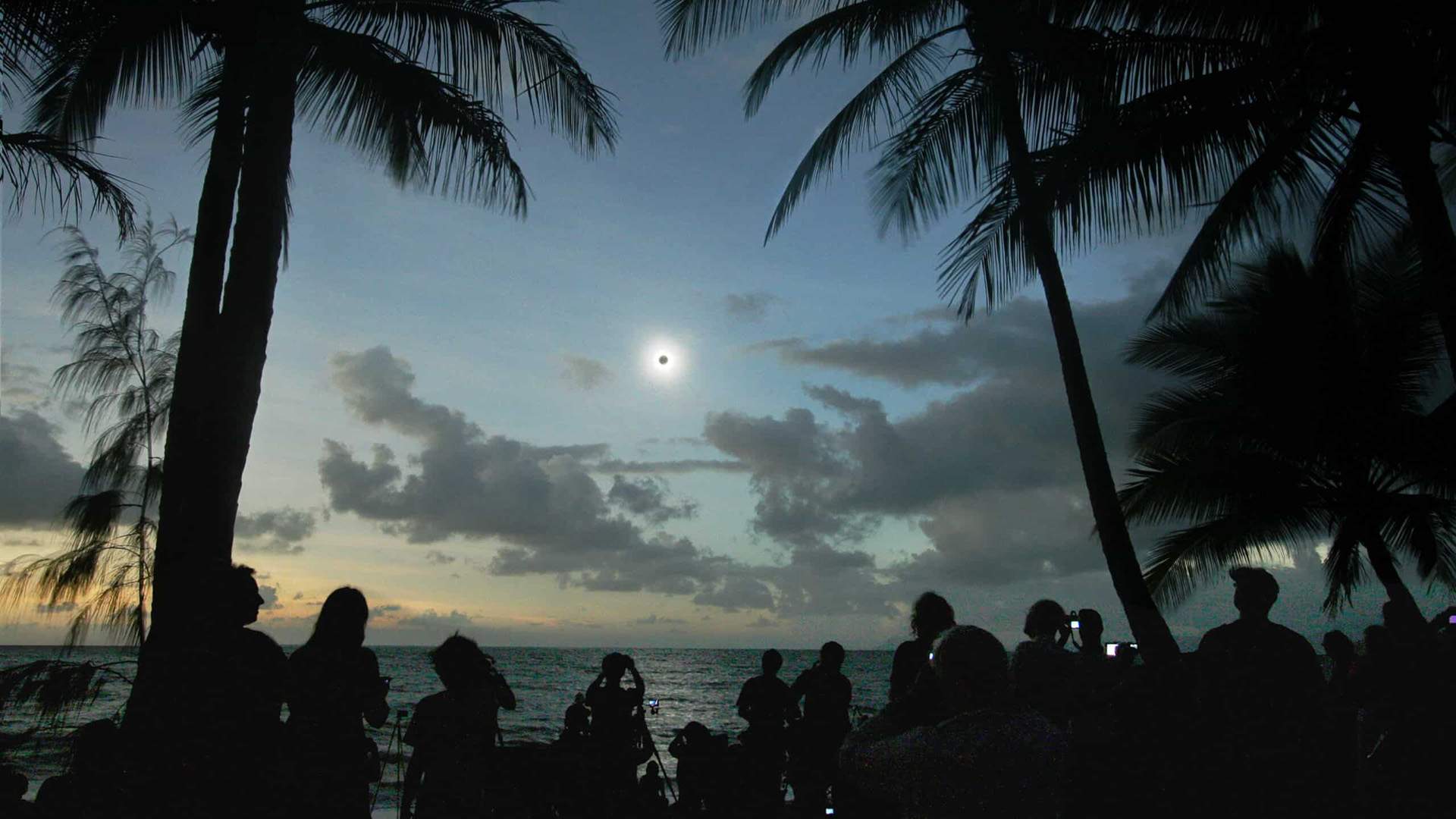
CAN I LOOK UP AT THE SOLAR ECLIPSE?
Again, the short answer: not directly. We repeat: do not look directly at the solar eclipse.
As the ASA advises, "it is never safe to look directly at a partial solar eclipse or the partial phases of a total solar eclipse without the proper equipment and techniques".
Dr Hessom Razavi of The Royal Australian and New Zealand College of Ophthalmologists (RANZCO) and the Lions Eye Institute explains: "never look directly at the sun. It can cause serious and permanent eye damage, and that's true even during a solar eclipse."
So, the ASA notes that best ways to observe an eclipse are by using eclipse glasses, which are special-purpose spectacles for the occasion and meet the ISO 12312 2 standard; hand-held solar viewers that have solar filters up to the international standard; and pinhole projection using a large card with a two-millimetre hole in the middle, which then projects an image of the sun onto a different surface around a metre away.
Accordingly, definitely do not just look up with your naked eyes, or even just while wearing your normal glasses of sunglasses. The ASA has more details on its website.
If you're wondering why you can't peer directly at a solar eclipse, that's because exposing your retinas to intense light will damage the eye's rod and cone cells, which are extremely light-sensitive.
In fact, RANZCO says that even the special eclipse glasses come with some risks, and advises that "the only way to guarantee the prevention of solar retinopathy is to avoid all forms of direct sun viewing". It has also put together further details.

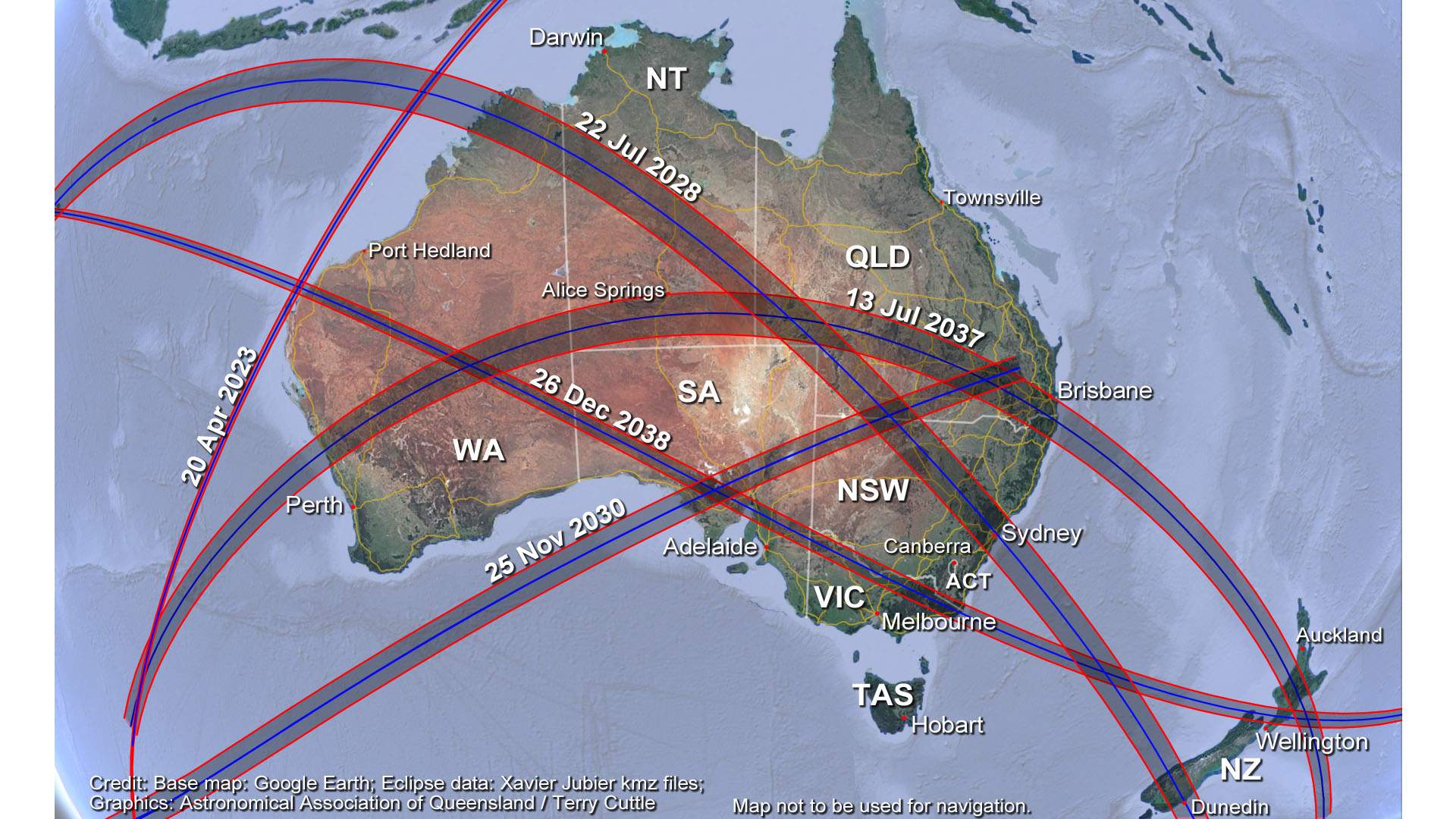
WHEN WILL A TOTAL SOLAR ECLIPSE OCCUR IN AUSTRALIA AGAIN?
Australia is about to become a haven for total solar eclipses, with five taking place in our skies in a 15-year period. The first is this one on Thursday, April 20, but then more will follow in 2028, 2030, 2037 and 2038.
On July 22, 2028, it'll cross the Kimberley in Western Australia, as well as the Northern Territory, southwest Queensland and New South Wales, including passing over Sydney.
Then, on November 25, 2030, it'll cross South Australia, northwest NSW and southern Queensland — and end at sunset in southeast Queensland.
Come July 13, 2037, the eclipse will pass over southern WA, southern NT and western Queensland, including over Brisbane and the Gold Coast.
And, on Boxing Day in 2038, it'll go over central WA, SA, and also along the NSW/Victorian border.

The solar eclipse will take place on Thursday, April 20, 2023. For further information, head to the Astronomical Society of Australia website.
Images: Terry Cuttle.
